This ordeal is a reproduction of a work that Jean Fréour created in Nozay. This magnificent calvary and the many figures surrounding it are made of blue stone, only part of the sub-basement is made of granite. It is a reconnaissance ordeal 1939-1945 ordered by Madame Guy Récipon née Letourneau.
Jean Fréour (1919-2010) was born in Nantes. At a very young age, Fréour proclaimed his desire to be a sculptor, which did not delight his parents. His determined character convinced them, and in 1936 he left for the Beaux-Arts in Bordeaux where he took Malric's classes. In 1939, he was awarded a scholarship to continue his studies at the Beaux-Arts in Paris, proof of his talent. But that's without taking into account his strong temperament and his hermit side which does not fit in either in Paris or in Henri Bouchard's studio. This is the first of his unnatural decisions. There will be others. He returned to Issé near Châteaubriant to live with his grandfather and settled in a barn to work. In 1942, a gallery owner from Nantes organized an exhibition for him and orders began to arrive. Jean Fréour mainly carried out public commissions, often religious, from town halls, but he also worked for collectors and some individuals. In 1952, winner of the Casa Vélasquez foundation competition, he left for Madrid for normally two years. But once again, far from his native land, the hermit does not feel at ease, after five months spent in Spain he returns home. In 1953, while he was staying at the HB factory, a modeler who worked in Vallauris, impressed by his technique, informed him that Picasso was looking for a sculptor to create his ceramics. Once again he declines the proposal. Jean Fréour can only work for himself. Then in 1955, he settled in Batz-sur-Mer and resumed his gigantic commissions: a Christ the King measuring five meters and eighty meters which dominates the Loroux-Bottereau vineyard, a Saint Conwoïon in pink granite measuring two meters and sixty… He sculpts all materials: wood, marble, granite, onyx, nothing resists him. Then in 1966, he abandoned religious subjects a little to return to his first love: female nude sculpture. In him sensuality is present, but without troubled eroticism. A face is the transparent image of the soul, a beautiful body, the abode of the spirit. It was also at this time that he took up painting and created landscapes and still lifes in watercolor. It was in 1969 that he married his muse Soizic de Closmadeuc who brought a new influence to his art. He is a proud, honest, profound, spiritual artist, who refuses fashions, who only intends to draw each of his works from himself. He is a loner in love with pure beauty and blessed with great character.











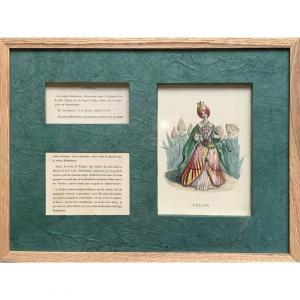




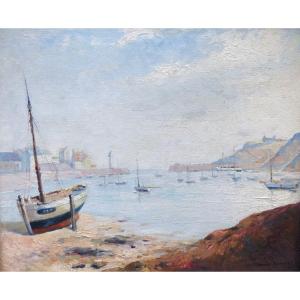





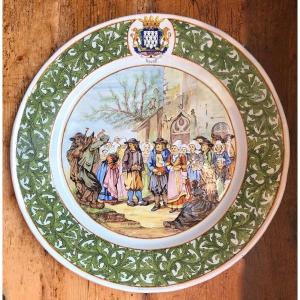
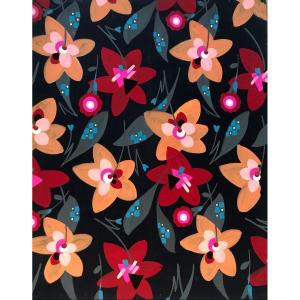

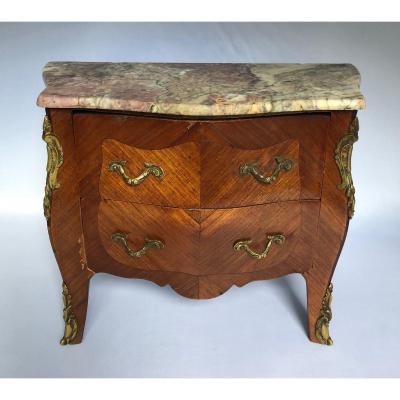
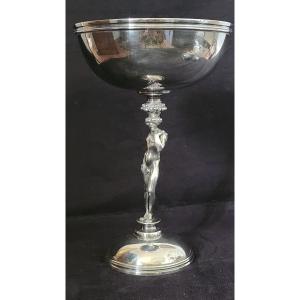
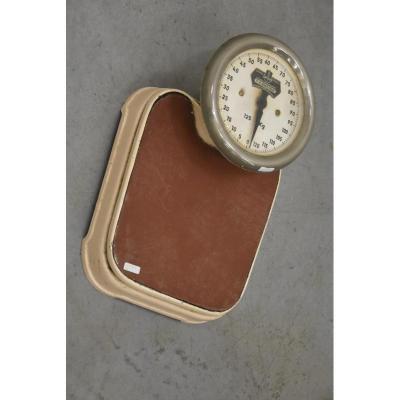






 Le Magazine de PROANTIC
Le Magazine de PROANTIC TRÉSORS Magazine
TRÉSORS Magazine Rivista Artiquariato
Rivista Artiquariato